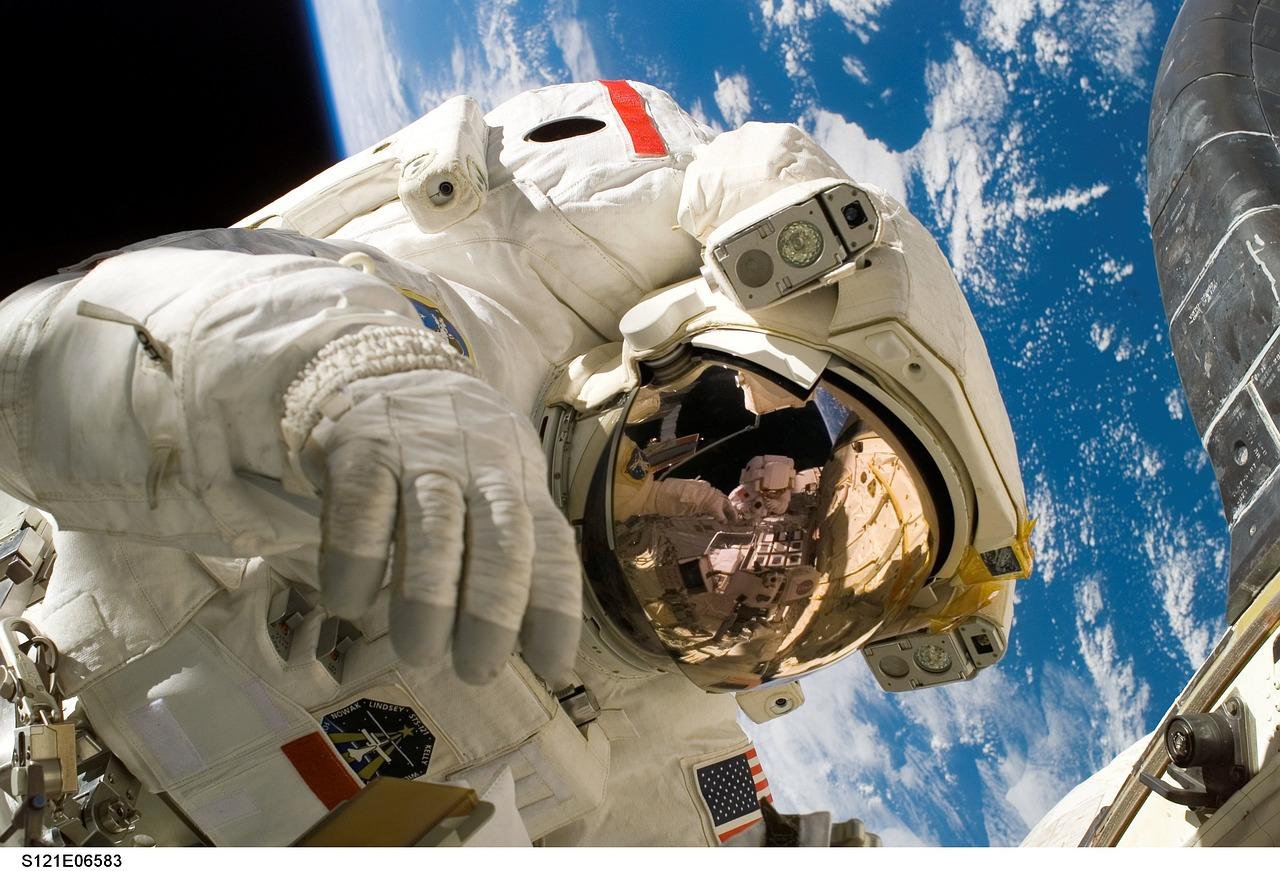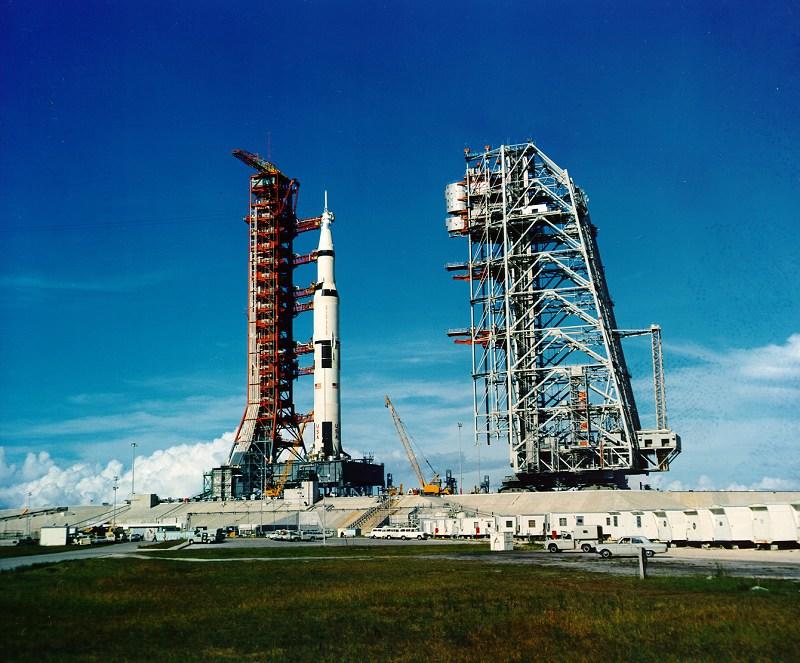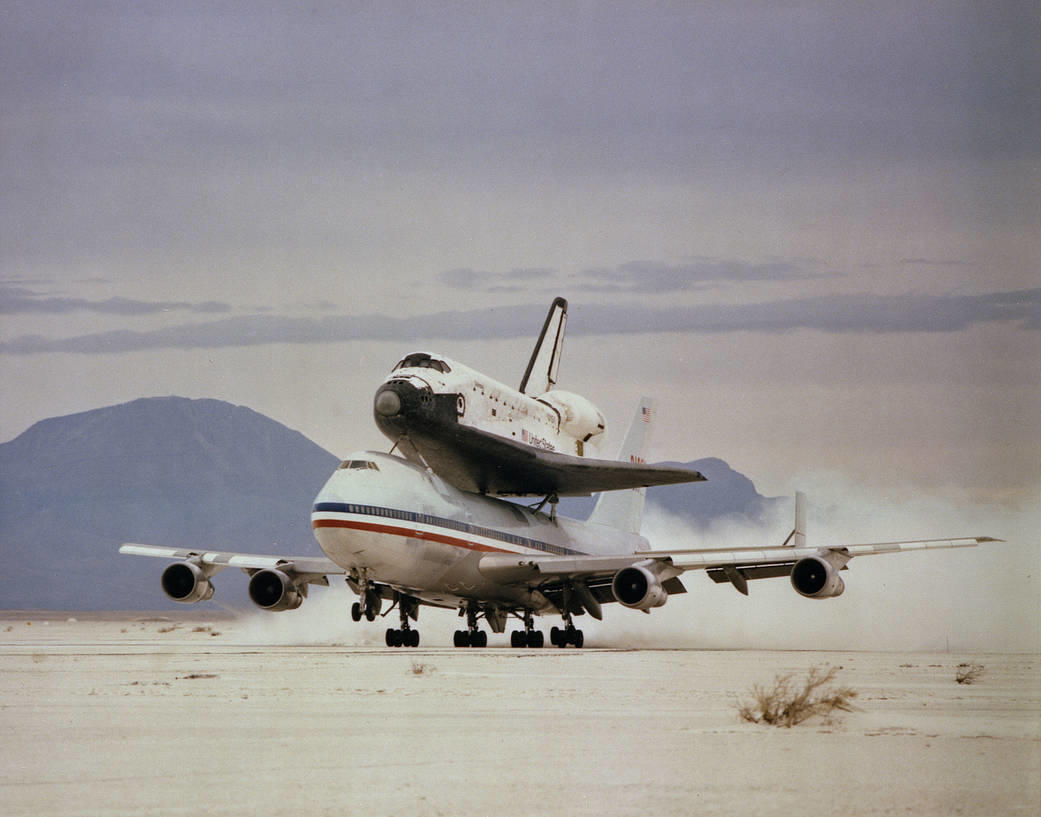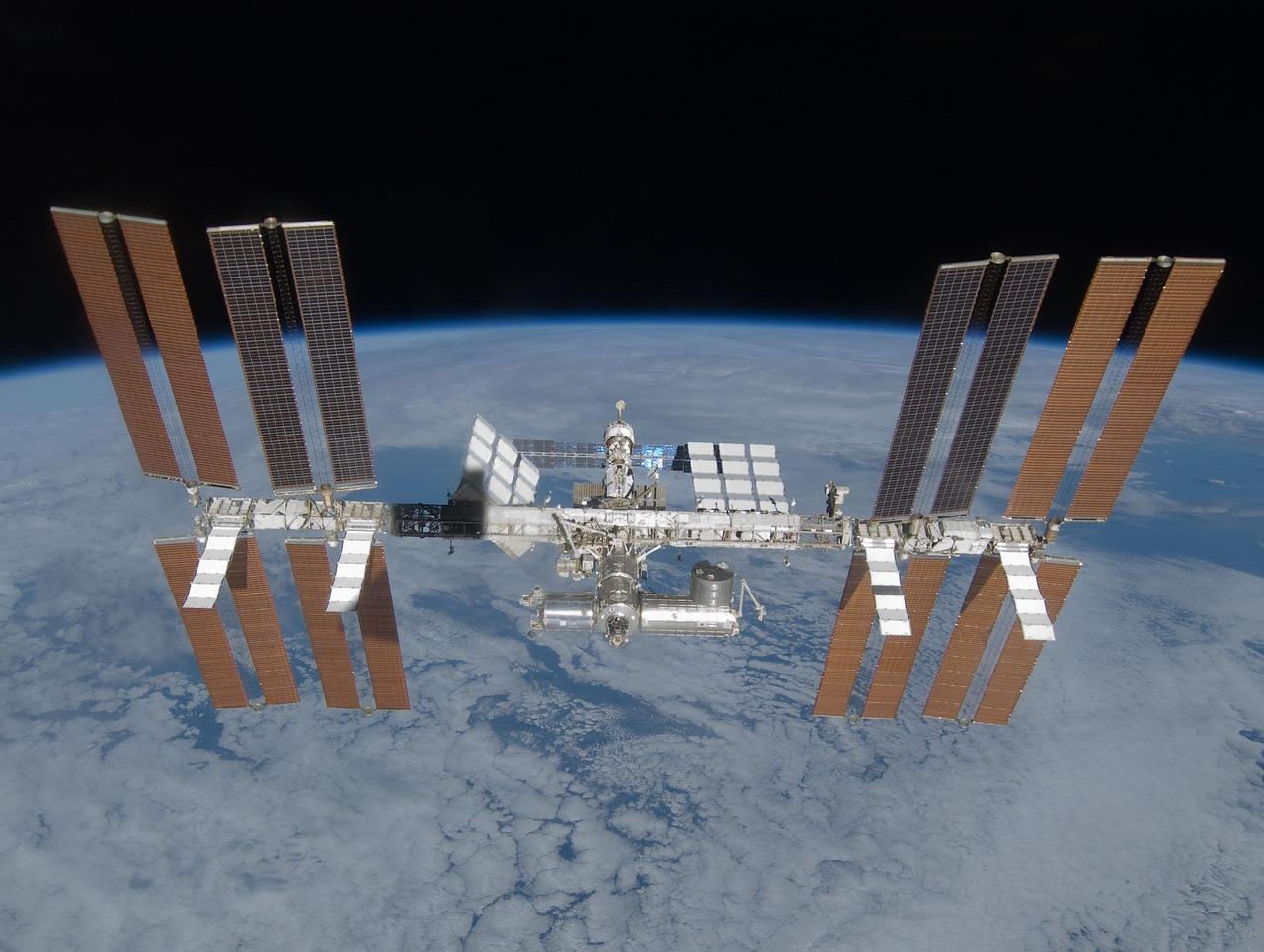Navigating Space: The Missions and Tech Involved

As we've evolved as a species, we've taken many incredible leaps into venturing beyond Earth's atmosphere. Join us as we explore the fascinating history of space exploration and discover the intricate web of technology, missions, and groundbreaking discoveries that have helped shape our understanding of the cosmos. Read on below.
The Dawn of the Space Age
This era shook the world stage, especially in space exploration. Amid the Cold War tension between the U.S. and the Soviet Union, the Soviets changed the game with the 1957 launch of Sputnik. Moreover, this was no fleeting headline either - it was a jolt to the global community and spurred the U.S. into action.
Sputnik: Sputnik lifted off on October 4, 1957, and was Earth's first artificial satellite. In a way, it heralded the birth of the Space Age. Weighing around 183.9 pounds, it sent beeping radio signals back to scientists on our planet. This was no small feat then, and its launch accelerated America's plans for space exploration. This eventually led to the establishment of NASA the following year, in 1958.
Vostok 1: Fast forward to April 12, 1961, and we see Yuri Gagarin soaring into the history books. Becoming the first person to orbit Earth, his spacecraft finished its orbit in approximately 108 minutes. This achievement proved that humans could survive in outer space and fueled the competitive spirit between the U.S. and the USSR. In addition, it had the ripple effect of inspiring countless young people to look towards the stars.
Apollo 11: Launched on July 16, 1969, this historic mission successfully put astronauts Neil Armstrong and Buzz Aldrin on the moon. Additionally, the mission returned 47.5 pounds of lunar material, providing essential scientific research data. Apollo 11 was a landmark achievement for humanity, and to this day, Armstrong's famous words still inspire up-and-coming astronauts worldwide.
Eventually, the space race included more nations than just the United States and the Soviet Union. What's more, each of them would go on to add their unique spin to the space race. Since those early days, Europe, Japan, and even new players like India and China have joined this exclusive club. However, this competition has begun to move more towards collaboration over the years - in general, multi-nation missions have become the new norm instead of single-person missions. For example, look at the International Space Station, which is crewed by astronauts worldwide!

Apollo 11 getting ready for takeoff on July 1, 1969 (credit: NASA)
The Shuttle Era

The following decades gave rise to space shuttles - an incredible milestone that fundamentally changed our approach to space travel. Firstly, the fundamental idea behind the shuttle system was that it was reusable - meaning the spacecraft could be used more than once. This was a big deal because it significantly reduced the cost of building the craft. Instead of building a brand-new spacecraft for every mission, the same one could be used multiple times - making the whole process much more budget-friendly. This change also made it easier for countries to get involved in space exploration because the financial barrier was much lower than previously.
Columbia: The Space Shuttle Columbia, launched in 1981, was a big deal. First and foremost, it introduced the concept of reusable spacecraft, which dramatically cut the costs of space missions. In addition, Columbia was also the first shuttle to deploy commercial satellites into orbit, which greatly expanded global communications.
International Space Station: The International Space Station was a joint effort project built by five major space agencies: NASA, Roscosmos, ESA, JAXA, and CSA. It was launched in 1998 and now serves as a research lab for astronauts in space.
Regrettably, the era also featured several awful tragedies like the Challenger and Columbia incidents. Since those dark days, there's been a concentrated effort to ramp up safety measures to minimize the risk of similar tragedies in future missions. For example, new guidelines have been set to make upcoming missions as secure as possible. Conversely, the shuttle program has become a crucial launching pad for revolutionary scientific inquiry. Whether it's deploying satellites, monitoring Earth's climate, or researching how zero gravity impacts human health, the legacy of this period has had a ripple effect well beyond the simple quest to explore the cosmos.

The International Space Station
The Era of Modern Exploration

As we move through the 21st century, space exploration is beginning to take new and exciting forms, involving both private companies and advanced robotic missions. Here's how these modern developments shape our approach to space.
Private Companies: The role of private companies in space exploration has become increasingly significant. For example, companies like SpaceX have entered the scene, adding fresh perspectives and new technologies.
Falcon Rockets: One of SpaceX's key contributions is the Falcon rocket series. These rockets are reusable, much like the space shuttles of the latter days. This reusability factor has significantly impacted cost, making space travel more financially viable than before.
Bennu Asteroid Exploration: Launched by NASA in 2016, the OSIRIS-REx spacecraft set out to gather rock samples from the asteroid Bennu. The spacecraft is expected to bring these samples back to Earth sometime this year.
Starship: This is SpaceX's ambitious project aimed at taking humans to Mars. The spacecraft is part of a broader vision to allow humans to live on other planets. Due to this, it's not just about exploration - it's about potential colonization.
Robotic Missions: While human missions capture a lot of attention, robotic missions are also critical and have made many incredible discoveries over the years.
Mars Rovers: NASA's rovers, such as Perseverance and Curiosity, are exploring the Martian surface. But what are they doing? These devices are complex at work on the Red Planet. Mainly, they're occupied with gathering dirt samples and hunting for evidence of life from long ago, all in the hopes that humans may one day be able to visit Mars.
Voyager Probes: Launched in the late 1970s, the Voyager probes are still going strong - sending back data that continues to add to our understanding of our universe.
Conclusion
From the early days of Sputnik to the modern era of private space companies, space exploration has been marked by significant advancements and growing international collaboration. And as technology continues to evolve, so do the possibilities for future missions. Whether it's Mars colonization or deep space research, the following chapters in space exploration will hopefully prove to be as groundbreaking as those that have come before!


You are the best,, coz you have gotten content about the topics
Hello ! Glad to hear that you’ve found the content useful!